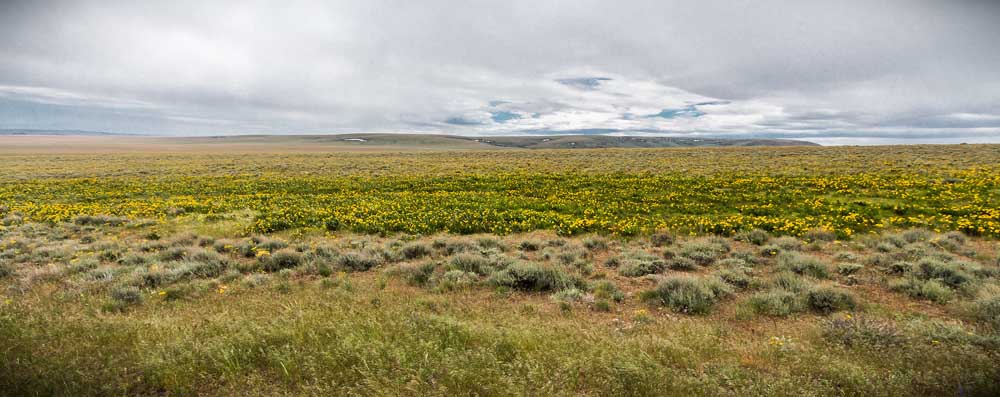Editorial: The future of conservation on BLM land
Published 5:00 am Wednesday, May 15, 2024

- A sagebrush landscape in southeastern Oregon.
Biking. Four-wheeling. Ranching. Mining. Hiking. Conservation. Solar energy. Look across the millions of acres of Bureau of Land Management land in Oregon and there is great competition for the use of the land.
How should the different interests be weighed?
Trending
On April 18, the BLM made a change after months of input and consideration. Conservation is now considered on equal footing with other uses of the land.
The Bulletin’s editorial board recently spoke with representatives from the Oregon Natural Desert Association, Backcountry Hunters & Anglers, the Conservation Land Foundation and the Pew Charitable Trusts. Despite the new conservation rule being in place, they were wary of its future.
Margins are thin in the House and Senate. After the November election, a different president, or different margins in Congress could mean the end of the new consideration for conservation.
We have heard and read many complaints about the rule. But it does not lock up land from ranching. It does not prohibit the mining of necessary minerals.
It does enable the BLM to create plans for restoring areas that need restoration. It does enable a group to apply for a conservation lease to restore the health of public lands. Those cannot conflict with “valid existing rights or previously authorized use,” the BLM says. It does allow companies required to mitigate their impacts to invest in restoration or protection of public land.
The Federal Land Policy and Management Act of 1976 tried to make it clear the BLM lands were to be managed with multiple uses in mind. Not everyone agrees, but we see the new rule as an elaboration of that act, not straying from its intent.
Trending
What will really matter is not what we or anyone else thinks. It is about how the new rule is used.







